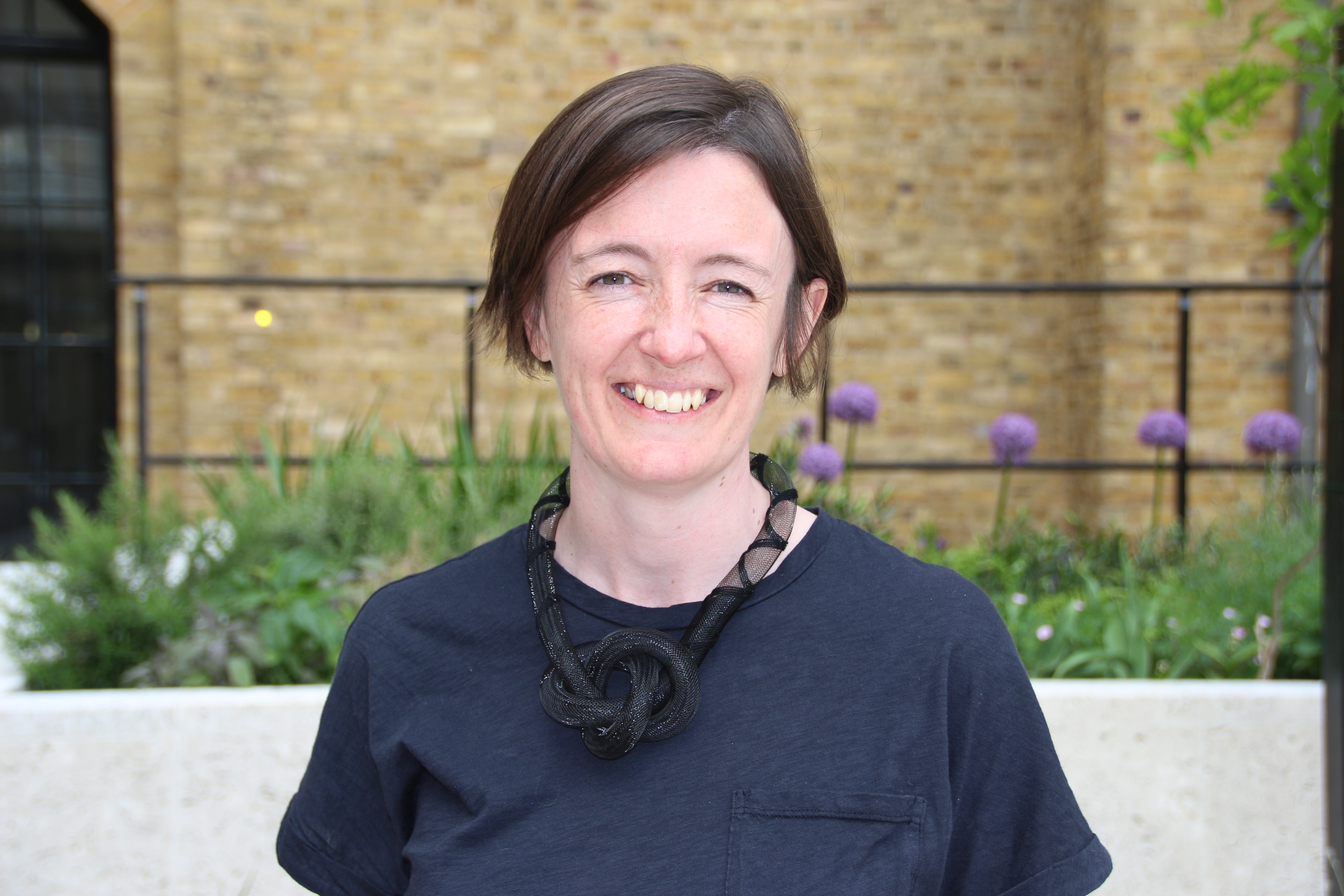
Dr Alison Hicks, the joint Library & Information Schools Representative for the CILIP Information Literacy Group, is a lecturer in the Department of Information Studies at University College, London (UCL), where she teaches courses and supervises PhD and MA research that focuses on information literacy, as well as maintaining her own IL research agenda. In this guest post, she reflects on the role and value of User Experience in the context of information literacy research.
I’ve been reading a lot about User Experience (UX) recently, as a couple of colleagues and I explore its impact on libraries and, in particular, teaching and learning. As I was ploughing through relevant literature, it struck me that one of the reasons why UX, which helps us to examine and design patrons’ interactions with a library, has become so popular is because of its emphasis on voice; we like UX because it elevates and centres our patrons while further positioning us as pedagogical partners rather than as the more typical gatekeepers or the citation police. Yet, as I carried on reading and taking notes, it also became obvious that we rarely extend the same rationale to information literacy research, which typically limits itself to assessment where the learner is the object of research rather than a collaborator, as is typically the case in librarian-designed surveys and tests. What would it take to extend the same learner-centred focus to information literacy research? What would it mean to centre learner voices within information literacy research and what methodologies could we employ to do so? The following articles all provide inspiration.
Two papers that do a really great job at exploring these ideas within a classroom setting are Detmering and Johnson (2012), who use narrative techniques to examine student engagement in research, and Holliday and Rogers (2013), who use observation techniques to interrogate how learners (and teachers) interact with information sources. Drawing from the premise that narrative facilitates a reflective engagement with learner experiences, Detmering and Johnson asked students to respond to a prompt that asked about their experiences of researching something for school. The focus on storytelling gave learners a chance to raise their concerns about research. The use of narrative also helped to illustrate the rich, contextual nuances that shape “information literacy in-use” (p.15). Importantly, this method also proved to be highly insightful for the teaching librarians too, as they realised “the outcome for these students is never about being information literate in the sense that librarians often talk about.” Holliday and Rogers were similarly surprised by their findings when they employed an observation method to explore how information literacy was presented and shaped within one specific writing class. Observing student and teacher discourse, group work interactions and classroom learning activities, Holliday and Rogers found that their information literacy teaching over-emphasised finding sources to the detriment of using information to build understanding. Results from this research, which led to a number of changes in the ways that both the librarian and the professor taught for information literacy, further demonstrated the vital importance of exploring classroom activities.
Outside the classroom, photos have been used to great effect to explore the shape of information literacy, too. In my own work with students who were studying overseas (Hicks & Lloyd, 2018), photo-elicitation, where learners discuss photos that they have taken of their information interactions, formed an incredibly valuable way to get at some of the less commonly-recognised aspects of information literacy, for example the important role that emotional support plays in supporting people who are transitioning to a new information environment. In the same article, Annemaree Lloyd explores how photovoice, which is a variant of photo-elicitation, enabled her to mediate linguistic barriers and explore the information literacy practices of newly arrived refugees, including the impact that space has upon their information activities. Both of these studies used photos to privilege learner voices as well as to meet the challenge of doing research within increasingly complex digital, physical, social and embodied information landscapes. In further opening up research to spaces where we, as information literacy researchers, rarely have access, the use of photographic methods extended both the quality of data collection as well as the data collected itself. While Tewell (2019) has used photo methodologies to explore reference interactions, it has not yet been used in the IL classroom. However, the simplicity of photos, as well as the obvious alignment with research that explores critical and radical information literacy practices, demonstrates that there are a number of opportunities to use photo research methods within more traditionally academic studies too.
I sometimes run across the perception that information literacy cannot be researched using non-traditional methods such as historical methods or content analysis, as well as the ones explored in this post. However, this brief overview demonstrates that going beyond a survey methodology plays a vital role within information research, including helping to dispel the idea that there is one (white, middle-class) way of being information literate. Research has long demonstrated that information literacy is a shared, social practice that is shaped by its context. Let’s ensure that the methods we use to explore these ideas are up to the challenge.
Detmering, R., & Johnson, A. M. (2012). “Research Papers Have Always Seemed Very Daunting”: Information Literacy Narratives and the Student Research Experience. portal: Libraries and the Academy, 12(1), 5-22.
Hicks, A. & Lloyd, A. (2018). Seeing information: Visual methods as entry points to information practices. Journal of Librarianship and Information Science, 50(3), 229-238.
Holliday, W., & Rogers, J. (2013). Talking about information literacy: the mediating role of discourse in a college writing classroom. portal: Libraries and the Academy, 13(3), 257-271.
Tewell, E. (2019). Reframing reference for marginalized students: A participatory visual study. Reference & User Services Quarterly, 58(3), 162-176.

